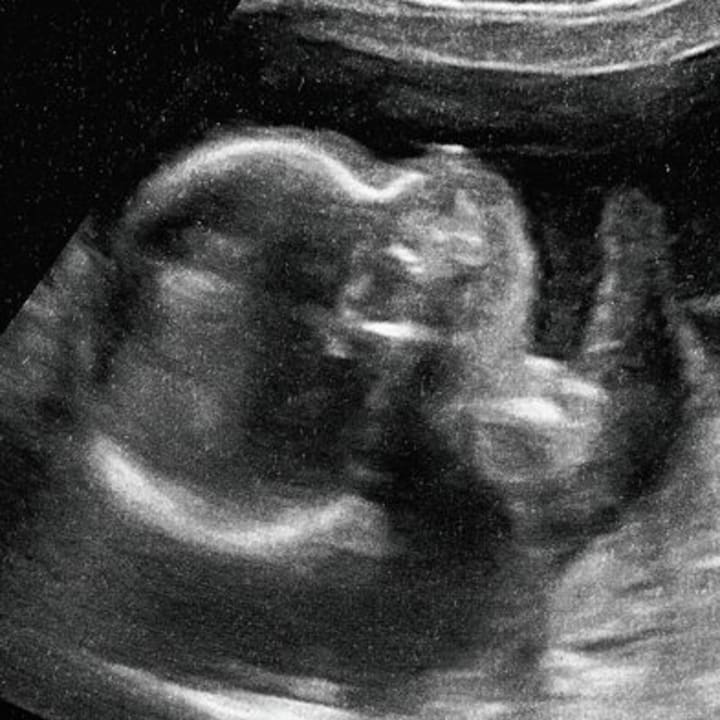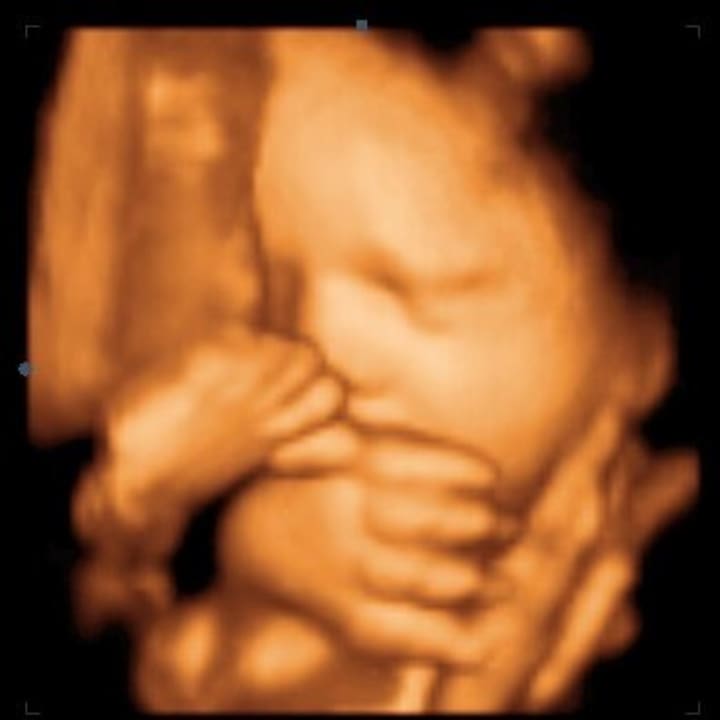
Overview
One of the most significant developments in prenatal care has been the development of 5D ultrasound. With this technology, expectant parents can see their unborn baby in a highly detailed, realistic manner, which enhances the experience and provides healthcare professionals with critical insights. The full benefits of 5D ultrasound can be appreciated when parents understand the intricacies of this cutting-edge technology.
Understanding 5D ultrasound
The definition of 5D ultrasound
The 5D ultrasound technique captures dynamic, high-resolution images of the fetus in a state-of-the-art way. Unlike traditional 2D ultrasounds, which produce flat, two-dimensional images, 5D ultrasounds offer a lifelike, three-dimensional view with added temporal depth, allowing one to observe the baby in real-time in remarkable detail.
How 5D Ultrasound Differs from 2D, 3D, and 4D Ultrasounds
The primary difference lies in the images' dimensionality and clarity:
2D Ultrasound: Provides basic, flat images, useful for measuring and identifying basic structures.
3D Ultrasound: Creates three-dimensional images, offering more depth and detail than 2D.
4D Ultrasound: Adds time to 3D images, showing real-time movement.
5D Ultrasound: Enhances 4D imaging with advanced software and higher resolution, providing exceptionally clear and realistic images.
The Science Behind 5D Ultrasound Technology
High-frequency sound waves are used to create detailed images using 5D ultrasound. Reflections are captured and processed by sophisticated software to create lifelike images. These waves bounce off the fetus. Advanced algorithms and high-definition sensors are used to produce superior image quality with this technology.

The evolution of ultrasound technology
Early Ultrasound Developments
A variety of medical applications of ultrasound emerged in the 1940s and 1950s, primarily for detecting abnormalities in the abdomen and pelvis.
Transition from 2D to 3D and 4D ultrasounds.
By the 1970s, 2D ultrasound was widely used in prenatal care, allowing basic imaging of the fetus. In the late 1980s and early 1990s, 3D ultrasound offered more detailed images, while 4D ultrasound offered real-time motion capture, which significantly improved parental bonding and prenatal diagnostics.
The advent of 5D Ultrasound
With the introduction of 5D ultrasound, a new standard for prenatal care was set. Combining the advantages of 3D and 4D ultrasounds with superior depth and clarity.
Technical specifications
Equipment Used in 5D Ultrasound
5D ultrasound machines are equipped with advanced transducers and imaging software. These machines often include high-definition display screens, sophisticated image processing capabilities, and ergonomic designs for ease of use while scanning.
Image Quality and Resolution
High-definition sensors and advanced algorithms enable 5D ultrasounds to produce detailed and clear images, which are crucial for accurate diagnosis and parental peace of mind.
Safety standards and regulations
The 5D ultrasound technology adheres to strict safety guidelines set by medical regulatory bodies, ensuring that it is safe for both mother and baby.
Applications of 5D Ultrasound in Pregnancy
Routine prenatal check-ups
As routine prenatal check-ups become more common, 5D ultrasounds provide high-definition images that help monitor fetal growth and development.
Detecting Fetal Anomalies
5D ultrasounds allow early detection of fetal anomalies, such as congenital heart defects, cleft palate, and other structural abnormalities. Early detection facilitates timely intervention and planning.
Monitoring fetal development
The detailed and dynamic images provided by 5D ultrasounds allow healthcare providers to closely monitor the fetus's growth and address any issues as soon as possible.

Gender determination
5D ultrasound provides a clearer and more accurate view of the baby's gender than traditional methods, often revealing it earlier than other methods.
Benefits of 5D Ultrasound during Pregnancy
Clarified images
5D ultrasound offers a higher level of image clarity, which allows for better diagnosis and understanding of the fetus by parents.
Early detection of issues.
5D ultrasounds allow early detection of potential health issues, enabling prompt medical intervention and better outcomes for the baby and mother.
Emotional bonding for parents.
Seeing lifelike images of their unborn baby fosters a deeper emotional connection for parents. The realistic and dynamic visuals help parents feel more connected and involved in the pregnancy.
Comprehensive health assessments
5D ultrasounds provide comprehensive assessments of the fetus' health, allowing healthcare providers to monitor growth, development, and overall well-being more effectively.
Challenges and limitations
Accessibility and cost
Despite their benefits, 5D ultrasounds are not universally accessible. The cost of technology and scans can be high, limiting their availability to certain geographical and socioeconomic groups.
Technical limitations
While 5D ultrasound technology is advanced, it has limitations. Factors such as fetal position, maternal body habitus, and amniotic fluid levels affect image quality.
Potential for Overuse and misinterpretation
There is a risk of over-reliance on 5D ultrasounds, leading to unnecessary scans and misinterpretations. Healthcare providers must balance 5D ultrasound with other diagnostic tools.
Latest Innovations in 5D Ultrasound Technology
Integration with AI and Machine Learning
Recent advancements have seen the integration of AI and machine learning with 5D ultrasound technology. These innovations enhance image processing, improve diagnostic accuracy, and provide predictive analytics for fetal health.
Portable 5D Ultrasound Devices
Portable 5D ultrasound devices have enabled high-quality scans in remote and underserved areas, expanding access to advanced prenatal care.\
Future Trends in Prenatal Imaging
The future of 5D ultrasound technology looks promising, with ongoing research focused on improving image quality, reducing costs, and integrating with other diagnostic tools. These advancements will make prenatal care more comprehensive and accessible.
Expert insights
Quotes from Obstetricians and Sonographers
The clarity and detail of 5D ultrasound technology make it an invaluable tool for both diagnostics and parental bonding. -Dr. Jane Smith, Obstetrician
"Seeing the baby move in such realistic detail before birth is a profoundly emotional experience for parents." - John Doe, sonographer.
Perspectives from Expectant Parents
This was an unforgettable experience. We were able to see our baby's face and movements so clearly, which made us feel even closer to him." - Sarah and Michael Brown, Expectant Parents.





Comments
There are no comments for this story
Be the first to respond and start the conversation.